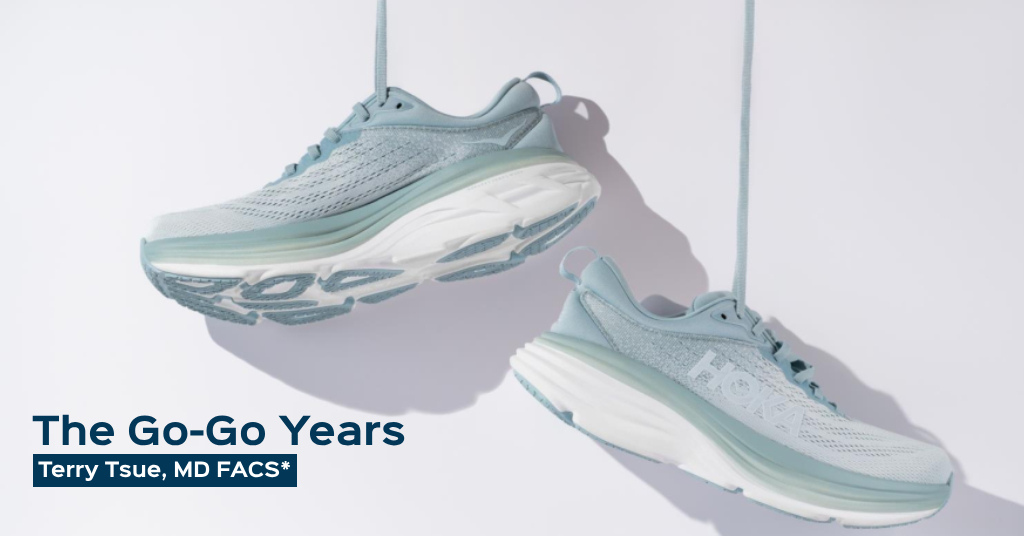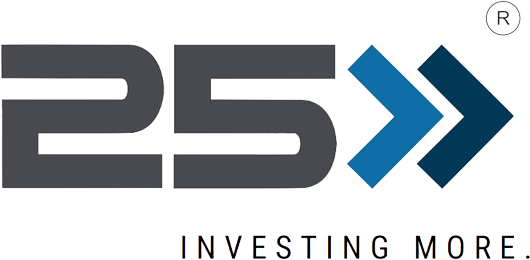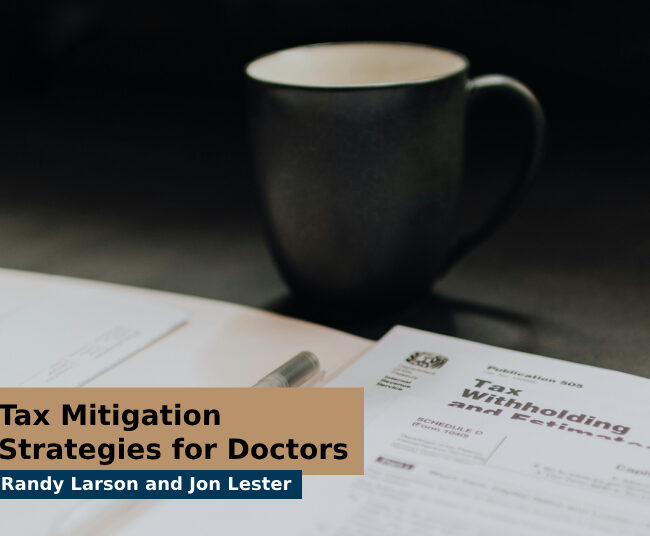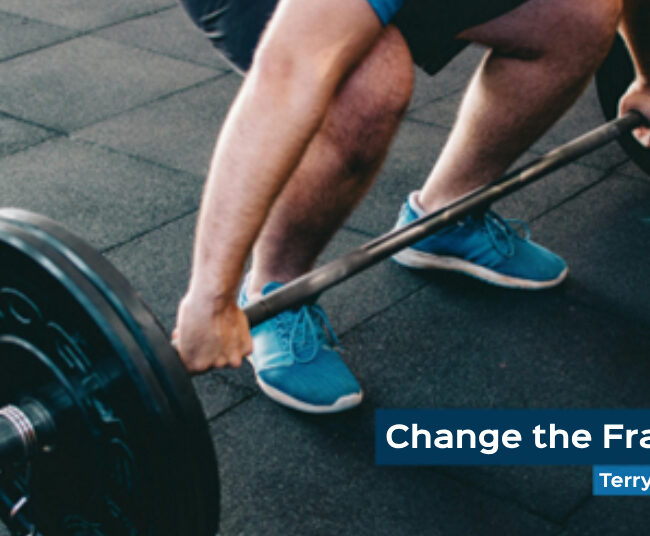The Go-Go Years

Written by: Terry Tsue, MD FACS*
In my last post, we discussed the fact that there are two essential elements in life’s “periodic table” – time and health. You need Time to have Health and you need Health to have Time. Without Time and Health, you’re not going to be able to enjoy much of your What or Why. We’ve already discussed some on how to leverage our time, so let’s talk about health.
Time to put on the Hoka One One’s – the 21st century answer to sore feet- and get moving!
The Go-Go Years
Time turns into the past at a steady rate. In contrast, health tends to decline at a variable rate, sometimes in boluses. Initially, health declines at a slow, often ignored or denied, rate, but circumstances and neglect can cause a crescendoing.
For example, during an annual Colorado CME ski trip, the moguls felt pretty good. That is, until I tried to keep up with my residents and their spouses that grew up in Colorado. Speed, flat light and end-of-day fatigue all played a role in the warm spot I began to experience in my right knee. The pain and swelling didn’t come until the condo, but when it didn’t go away for a week, I called an ortho buddy.
Minimally displaced tibial plateau fracture. That was the good news.
The concern was why did I get the fracture? Testing revealed a vitamin D level and osteopenia that is usually only seen in rickets patients in developing countries. As it turns out, there’s not much sunshine in the operating room or vitamin D in Taco Bell Chalupas. Plus, once a year bone stress doesn’t do much for the balance between osteoblasts and osteoclasts.
While my health crisis revealed itself in bone loss, any of us could easily replace that discovery with a strange sense of chest tightness, or a languishing feeling of emotional exhaustion.
The good news is, we can control an element of our health. Unlike time, health is an area in which you can make up for some lost ground. There are ways to reverse the health “decline” into a health “incline”, or at least a “slower” decline. (i.e., eventually returning to baseline cancer and cardiovascular risk in 10-15 years by quitting tobacco). However, “some” is the key word because that opportunity window gets tighter and more difficult as we age.
The goal isn’t to be the healthiest, it’s to be you. At the same time, however, your health shouldn’t become your life rate limiter. Let’s keep the go-go years going and defer the slow-go and no-go years as long as possible.
How do we accomplish that goal?
Remember health involves your body AND mind, and you need both healthy to be at your best health. For me, after an active childhood/adolescence, health and it’s preservation fell off life’s cliff. The excuses were rampant: nothing hurts or is broken. I have no time. Everyone else looks a lot less healthy than I do. At least I don’t smoke! I’m not going to waste any of my heartbeats. It’s a losing battle anyways. I’m already getting up early and staying up late for work. I’ll start next month. Heterochronic parabiosis may eventually work! (better look up that one)1. The list goes on.
Since I know that health is an area of great challenge for me, in terms of knowledge deficit, and frankly, being neglectfully years behind, I’ve tried to simplify my ongoing healthiness journey into some simple themes learned.
This is what I do, but you need to meet yourself where you are. There’s a lot of misinformation and new research out there too, so my list evolves frequently. Let me know what you think and let’s learn from each other.
Invest in yourself
- For some reason, as healthcare givers, we often neglect ourselves in the very realm that we serve. This may be due to a defense mechanism – arrogance, fear, avoidance, imposter syndrome or a superhero-complex – I don’t know. But what makes matters worse, sometimes we do the same for our family’s health. Guilty as charged. It’s important to realize that you and your loved ones are not immune to any human ailment. In fact, given our lifestyle and stress as healthcare providers, we maybe even more susceptible to certain ailments. Even though we are made up of the same cells, organs and body systems as everyone else, we often treat ourselves with leftovers and after-thoughts.
- For example, I didn’t know my mother wasn’t getting routine physicals or mammograms. I never asked despite being in high power medicine for nearly 40 years. How many times could I have asked between her Stage I and Stage IV Cancer? Get preventative care and pursue specialist care when something shows up.
- Be a good patient. Don’t be like that patient we always dread on the clinic list. You know how much better care can be if you have good communication within a team.
You can’t buy health
- Health doesn’t come in bottles, ointments, or adhesive abdominal rectus electrodes (I know it’s tempting). You should Google the last picture of Steve Jobs during his battle with cancer. It still haunts me. What a reminder that generally, at least in America, no amount of $’s can make a significant difference in disease treatment.
- Use your dollars to invest in prevention. There is a great Time ROI for these investments in your health protection and preservation. Like everything worthwhile, earning health takes time and effort.
Start early in life and develop a habitual consistency
- Just like your pre-tax semi-monthly contributions to your profit-sharing plan, when it comes to health, time and compounding are your best friends. If you will make regular, small, habitual investments in your health, they will pay big dividends later and grow the principal. Start early! While you can make up some lost ground as a late starter, you can’t make it all up.
- My dad began jogging in his Chuck Taylor Allstars well before Forrest Gump made running cool. Now at 91 years old, he brags about his free veteran’s fitness center membership and does more pushups and squats than I can.
Knowledge and “Good” pain are the currency of health
- There is a large amount of good, science backed health knowledge out there for you to discern what works for you. Unfortunately, this stuff isn’t spoon fed, but learning about health is part of the investment in yourself and loved ones that will pay off down the road. While the plethora of information can be a bit overwhelming, there are some common denominators that can serve as a foundation.
- For example, “no pain, no gain” really applies. There is no muscle growth gain without micro-trauma of the fibers and soreness. If you notice, the Peloton instructors always raise the intensity and shorten the recovery interval when you are most ready to collapse at the end of an intense Tabata interval (you may regret looking that word up!). Like a lot of things in life, this consistent inuring past your previous limit is what brings steady improvement.
Brain health is important
- Brain health refers to your mental health as well as your cognitive health. This is the health where most of us know the least, but the science is evolving rapidly. We do know that mental and cognitive health are as important as physical health, but even more neglected. It’s hard to have a truly healthy body without a healthy mind. One of the greatest irrational stigmas that we still battle in society is that seeking help for our mental health is any different than going to a GI for colitis.
- Fortunately, this perspective is improving, so be ahead of the curve and be better than the stigma. There are simple things you and I can do to improve our brain health. For instance, there’s been a big push by the surgeon general on the ill effects of loneliness (especially in our contactless society). Petting your dog stimulates favorable hormone release, and smiles and being outside in nature releases favorable neurotransmitters. Every little bit helps.
- Brain health also includes mental fitness – trying to stem the natural cognitive decline we all naturally undergo. I am early in my journey in this area, but I feel it’s important to keep trying to fight the upstream current.
- Hartshorne & Germine2 showed that different types of cognition peak at different ages starting after high school, with some types peaking in our 40’s. A lot of memory cognition (fluid intelligence) peaks when we are young, while more crystallized intelligence (i.e., vocabulary, general information, comprehension) peaks at/after middle age. We can think of our brain like a muscle. I am trying to “exercise” those weak declining muscles purposefully. New learning, especially literacy-involving, involves a lot of these cognitive skills and can lower dementia risk by 11%3.
- Cognitive challenges like strategy games, puzzles, escape rooms, cold case files, home projects involving math and analytical problem solving also can decrease dementia risk by 9%.3 The list goes on, and is becoming an important component of my non-work hours. Use it or lose it.
Protect the “wheels” and get good “tires“
- My kids first rolled their eyes when they heard this advice, but now they are avid believers. I used to come home from 16-hour days and long microvascular cases with a sore neck, aching back and tired knees, topped with a headache. I just thought, “Don’t everyone’s feet normally hurt after standing that long?” My computer networkspecialist wife simply pointed to my shoes. I always bought cheap shoes on sale and never changed them until they literally fell apart.
- A lot of our lifestyle depends on good feet. Think about how being unable to walk would affect you. Bad feet lead to other body problems, as well. This is one of those increasing importance life lessons. What can we do to protect our feet? Invest in good shoes with fit and support that work best for you. All shoes are not created equal. Also, shoes have a lifespan, and it’s much shorter than when they start to visibly fall apart. The inside support fails well before then and they become bad shoes.
- Trust me, you’ll notice some good changes once you start wearing good shoes. You’re welcome.
Don’t drink your calories
- I used to hate the taste of water, and I lived on “pop” (with caffeine!). I survived med school and residency on mountain dew and air-popped popcorn – sweetness, energy and fiber. Besides, there was no time to pee in the OR
- Then one day, my wife bought a filtered ice maker and water machine. Suddenly water tasted phenomenal and I drank and drank. The Soda Stream revolution further transformed me into a water-holic (below water intoxication levels <1l/hr). Filtered water and ice to remove the forever PFOA/PFOS, high setting on the soda stream, and a dehydrated lime or grapefruit wedge packet from Amazon- ahhhh!
- Nowadays, I also drink a lot of iced and hot green tea, especially green tea with popped rice (gen mai cha tastes like liquid popcorn). Lots of Matcha too on cool mornings. I enjoy the umami taste, and when you learn how they pamper the camellia sinensis top first leaves before harvest in Uji, Kyoto, you’ll be hooked too. Maybe its sentimental or cultural, but the rich polyphenol antioxidants haven’t failed me yet. Fruits and vegetables are also good sources of hydration (i.e., zucchini and celery are 95% water).
- Most importantly, water also best represents one of those great “negative calories” (more in the future on this) that fills the stomach. Starting this habit helped minimize my drinking my calories (caramel ribbon crunch Frappuccino = 470 calories).
Zzzzzz
- One thing that helped me understand and prioritize sleep was the increased CSF fluiddy namics seen during non-REM sleep.4 This insinuates that sleep is essential for the removal of brain metabolic waste. It’s no surprise, given what we know about the relationship between adequate sleep and cognition, and it’s imminent decline.
- I am trying to improve my sleep quantity and quality. I shoot for at least 7 hours, which is a big improvement over my interrupted 3-5 hours nightly of my competitive exhaustion days. I have a smart watch that tells me quantity and quality (depth & interruptions).
- Sleep quality is as important as quantity. Stress, sleep apnea, caffeine-sensitivity, napping practices, nocturia (emphasizing timely hydration and good prostate health) and other disturbances can diminish sleep’s advantages. This includes controllable things such as room temperature, ambient light levels and nighttime alerts/alarms. I still have my cell phone charging upside down at my bedstand, old habits die hard, but at least my sound and screen notifications are off now. Baby steps.
- There are also problems with too much sleep and “bed rotting”, so I’m trying to hit where the curves intersect at their highest values.
Floss
- In a career full of removing oral cancers, I’ve seen a lot of mouths and throats in bad shape. Pain, bleeding, halitosis, caries, and even alveolar carcinoma. Gingivitis leads to many problems and systemic inflammatory responses. I’m always amazed on how much food debris comes out with flossing. Ever smell a compost bin? A simple 20 second prehab to your brushing routine will prevent some headaches, literally, and save you $ and Time. I also have a professional clean and check my teeth semi-annually because nothings perfect.
In your journey toward becoming healthy, progress, not perfection, is the most important. Indulgence, whether the allusion of indulgence or actually falling 10’ off the wagon (Tomahawk ribeye with a slice of 12” carrot cake), is normal, expected and part of the recipe for sustained success. I couldn’t have gotten to where I am, and I don’t expect to make it to where I want to be, with self-denial, strict rules and no Indulgence. I just treat indulgence like a vacation- it’s something we do periodically and we don’t stay too long. Pretty soon we have to go home and back to the routine!
More Tsue-isms on health coming.
Talk soon.
*Terance Tsue MD FACS, as Manager of TTTsue LLC
1Zhang et al. (2023) Multi-omic rejuvenation and life span extension on exposure to youthful circulation. Nature Aging https://doi.org/10.1038/s43587-023-00451-9
2Hartshorne, J. K., & Germine, L. T. (2015). When Does Cognitive Functioning Peak? The Asynchronous Rise and Fall of Different Cognitive Abilities Across the Life Span. Psychological Science, 26(4), 433– 443. https://doi.org/10.1177/0956797614567339
3Wu & Wrigglesworth (2023) Lifestyle enrichment in later life and its association with dementia risk. JAMA Netw Open 6(7):e2323690
4Fultz ety al. (2019). Coupled electrophysiological, hemodynamic, and cerebrospinal fluid oscillations in human sleep. Science 366(6465):628-631.



